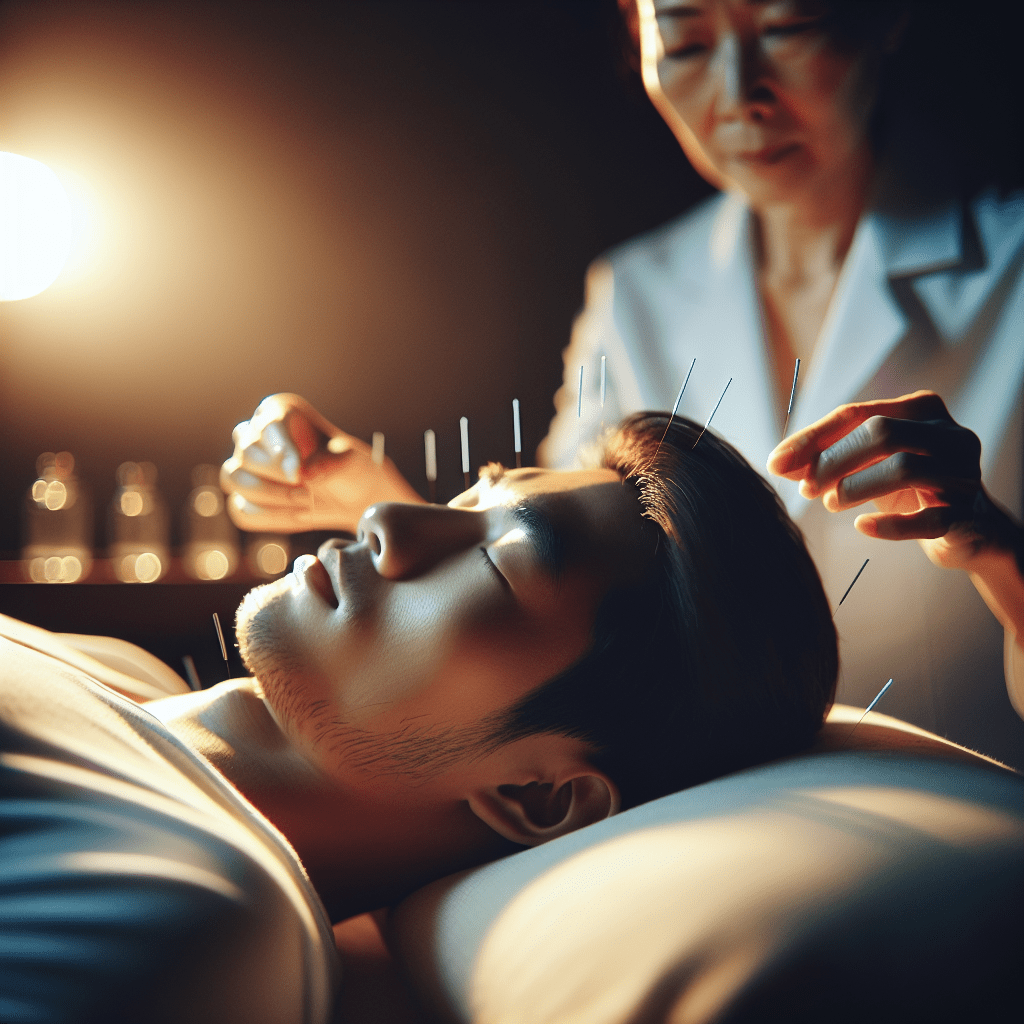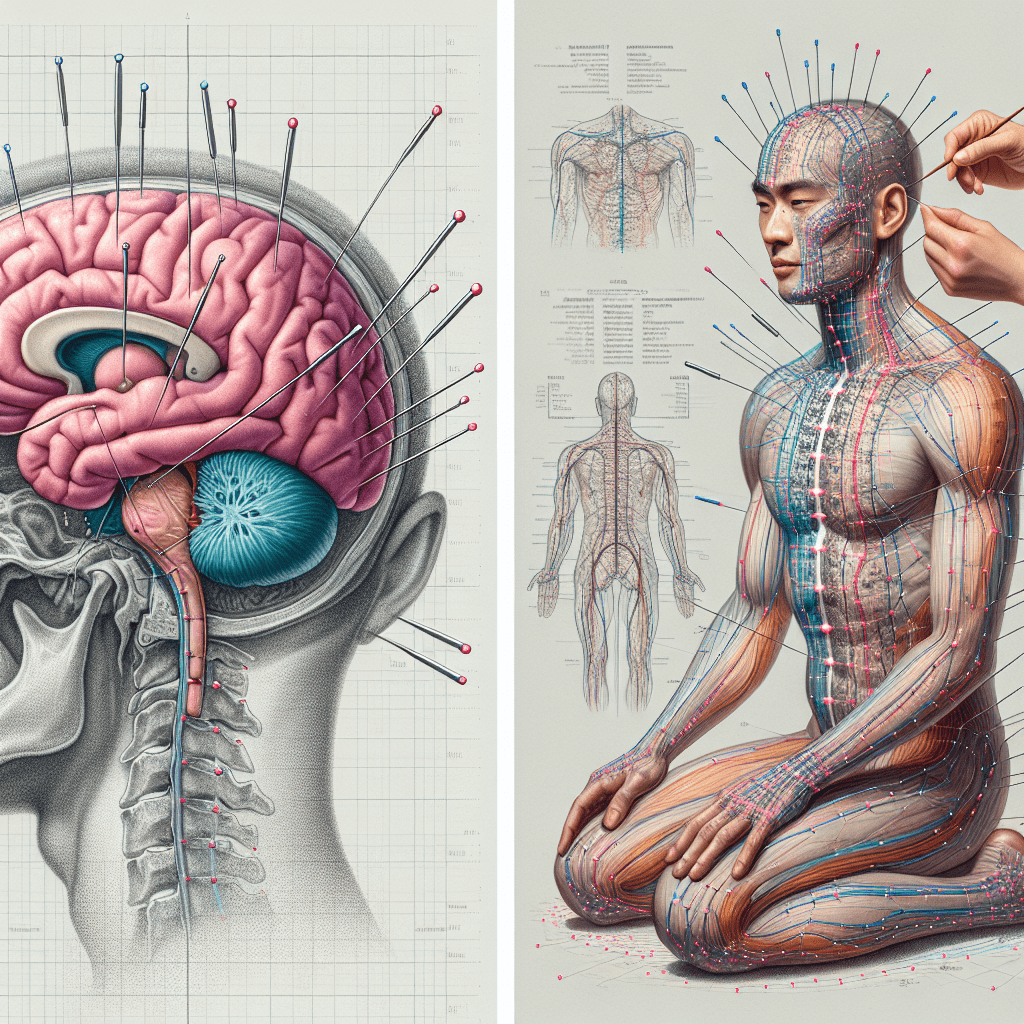Have you ever wondered how a 2,000-year-old healing technique involving tiny needles has managed to capture the attention of modern medical professionals? Acupuncture, once viewed with skepticism by Western medicine, is now gaining remarkable recognition as a legitimate therapy for pain management and numerous other conditions.
This ancient Eastern practice isn’t just surviving in our high-tech medical world—it’s thriving. And for good reason. As more people seek alternatives to medication and invasive procedures, acupuncture offers a natural approach that works with your body’s innate healing abilities rather than against them.
The Meeting of Ancient Wisdom and Modern Science
Acupuncture represents one of the oldest continuous medical practices in the world. Dating back to ancient China, it has evolved over millennia yet maintained its core principles. What’s fascinating is how this traditional approach is increasingly finding its place alongside cutting-edge medical treatments.
In recent years, Western medical institutions have begun embracing acupuncture as a complementary therapy. Major hospitals now offer acupuncture services, and insurance companies are increasingly covering these treatments. According to research, when acupuncture is paired with conventional Western therapies, patients often experience improved outcomes and fewer side effects.
“By the 20th century, acupuncture gained recognition in Western medicine, particularly for pain management and stress relief,” notes a recent medical review. This shift represents a significant change in how we approach healthcare—moving from an either/or mentality to an integrated model that draws from the best of both worlds.
How Acupuncture Works: The Science Behind the Needles
At its core, acupuncture operates on the principle that energy, or “qi” (pronounced “chee”), flows through pathways in the body called meridians. When this energy flow becomes blocked or imbalanced, health problems can arise. Acupuncture aims to restore this balance by stimulating specific points along these meridians using thin, sterile needles.
While this explanation might sound mystical to those accustomed to Western medical terminology, modern research is revealing the scientific mechanisms behind acupuncture’s effectiveness. Studies show that acupuncture stimulates the nervous system, triggering the release of natural painkillers like endorphins and affecting areas of the brain that process pain signals.
The evidence supporting acupuncture continues to grow, particularly for chronic pain conditions. One study found that “acupuncture treatment improves functional status and reduced low back pain” across six different randomized control trials. Another research paper noted that “pain relief can occur within 30 minutes, whereas some relief can persist for months and even a full year following therapy.”
Beyond pain relief, acupuncture has shown promise for conditions including:
– Migraines and tension headaches
- Osteoarthritis
- Fibromyalgia
- Nausea and vomiting (particularly following chemotherapy)
- Anxiety and depression
- Insomnia
What makes these findings particularly noteworthy is that they’ve emerged from rigorous scientific studies using modern research methodologies—not just anecdotal reports or tradition alone.
The Benefits: Why More People Are Turning to Acupuncture
The rising popularity of acupuncture isn’t just about its ancient pedigree—it delivers real results that improve quality of life. For many people living with chronic pain, acupuncture offers hope when other treatments have failed.
“We found there was an additive effect of additional pain relief with acupuncture on top of what patients were already experiencing with medications alone,” reports one researcher. This additive effect is particularly valuable for those who’ve reached the limits of what conventional pain management can offer or who wish to reduce their reliance on medication.
One of acupuncture’s most appealing aspects is its minimal side effect profile. Unlike many pain medications, acupuncture doesn’t carry risks of addiction, organ damage, or cognitive impairment. The most common side effects are mild and temporary—slight bruising, minor soreness, or occasional dizziness that typically resolves quickly.
For cancer survivors dealing with persistent pain, research indicates that “both types of acupuncture were more effective than traditional care for reducing chronic musculoskeletal pain.” This finding is particularly significant given the complex pain issues that often follow cancer treatment.
Acupuncture also shines in addressing the emotional components of health. Many patients report improved mood, reduced anxiety, and better sleep following acupuncture sessions—benefits that extend far beyond the original reason for seeking treatment. This holistic impact makes acupuncture particularly valuable in our stress-filled world, where emotional and physical health are increasingly understood to be interconnected.
Cost-effectiveness is another advantage worth noting. “Many studies find acupuncture to be cost-effective in managing chronic pain and mental health conditions,” according to recent research. As healthcare costs continue to rise, treatments that deliver good outcomes without breaking the bank become increasingly important.
What to Expect: Your First Acupuncture Session
If you’re considering acupuncture for the first time, knowing what to expect can help ease any anxiety about the process. Here’s a typical breakdown of an acupuncture visit:
Before Treatment
Your acupuncturist will begin with a comprehensive consultation, asking detailed questions about your health history, current symptoms, diet, sleep patterns, and lifestyle. This holistic assessment helps identify underlying imbalances that may be contributing to your condition.
Don’t be surprised if the practitioner checks your pulse at both wrists or asks to see your tongue—these are traditional diagnostic methods that provide insights into your body’s internal state. They might also gently palpate areas of your body to identify tender points.
During Treatment
For the actual treatment, you’ll lie comfortably on a padded table. The acupuncturist will swab treatment areas with alcohol before inserting the needles. It’s important to note that acupuncture needles bear little resemblance to the needles used for injections—they’re extremely thin, about the width of a human hair.
Most people feel minimal sensation as the needles are inserted. You might experience a brief pinch, followed by a sensation often described as tingling, warmth, or a dull ache—what practitioners call “de qi,” considered a sign that the point is responding.
Once the needles are placed, you’ll rest quietly for 20-40 minutes. Many patients find this deeply relaxing, with some even falling asleep during treatment. As one patient guide notes, “You may feel deeply relaxed which lasts for hours or even for a day.”
After Treatment
After the needles are removed, you might notice small red dots at the insertion sites, which typically fade quickly. Some people feel energized after treatment, while others experience relaxation or mild fatigue. These responses are all normal and typically resolve within a day.
Your acupuncturist will likely recommend a treatment plan based on your condition. Acute problems might resolve in just a few sessions, while chronic conditions typically require longer-term care, often with decreasing frequency as symptoms improve.
Safety Considerations
Safety is a natural concern when considering any treatment. Fortunately, “acupuncture is generally safe when performed by a qualified practitioner, with mild side effects like slight bruising, soreness, or bleeding at needle sites,” according to clinical reports.
Modern acupuncture practices adhere to strict hygiene protocols, using sterile, single-use disposable needles. As one safety guideline emphasizes, “Hand hygiene is the most important infection control measure,” with practitioners washing hands “before and after patient contact or acupuncture treatment.”
If you have certain medical conditions—such as bleeding disorders, a pacemaker, or pregnancy—be sure to consult with your healthcare provider before beginning acupuncture. While generally safe for most people, your individual circumstances may require special consideration.
Acupuncture in the Context of Holistic Health
The rising acceptance of acupuncture reflects a broader shift in how we think about health and healing. Rather than viewing the body as a collection of separate systems, Eastern medical traditions have always emphasized the interconnectedness of physical, emotional, and environmental factors—a perspective that modern medicine is increasingly adopting.
This holistic approach aligns perfectly with the philosophy behind HerbalsZen and its innovative EASTCHI AI system. Just as acupuncture works to restore balance and energy flow in the body, EASTCHI AI draws on 2,000 years of Eastern medical wisdom to create personalized health recommendations that address your unique constitutional type.
The Eastern concept of “food as medicine” is central to both acupuncture and the EASTCHI AI approach. Traditional acupuncturists don’t just treat symptoms—they provide dietary and lifestyle guidance tailored to individual needs and the changing seasons. Similarly, EASTCHI AI delivers customized nutrition plans that support your body’s natural healing abilities.
What makes both acupuncture and EASTCHI AI particularly powerful is their ability to personalize care. No two bodies are identical, and health solutions that recognize your unique characteristics are likely to be more effective than one-size-fits-all approaches.
As we continue to discover the scientific basis for ancient practices like acupuncture, we gain a deeper appreciation for the sophisticated understanding our ancestors had of the human body. By combining this traditional wisdom with modern technology and research, we can create health solutions that are both time-tested and cutting-edge.
Acupuncture’s journey from ancient China to modern medical settings demonstrates that effective healing transcends cultural boundaries and time periods. Whether you’re seeking relief from chronic pain, looking to reduce stress, or simply curious about integrating Eastern and Western approaches to health, acupuncture offers a fascinating window into a different—yet increasingly validated—approach to wellness.
As more people experience the benefits of acupuncture firsthand, this ancient practice will likely continue gaining recognition as an important component of comprehensive healthcare—a perfect example of how looking to the wisdom of the past can help us create healthier futures.



